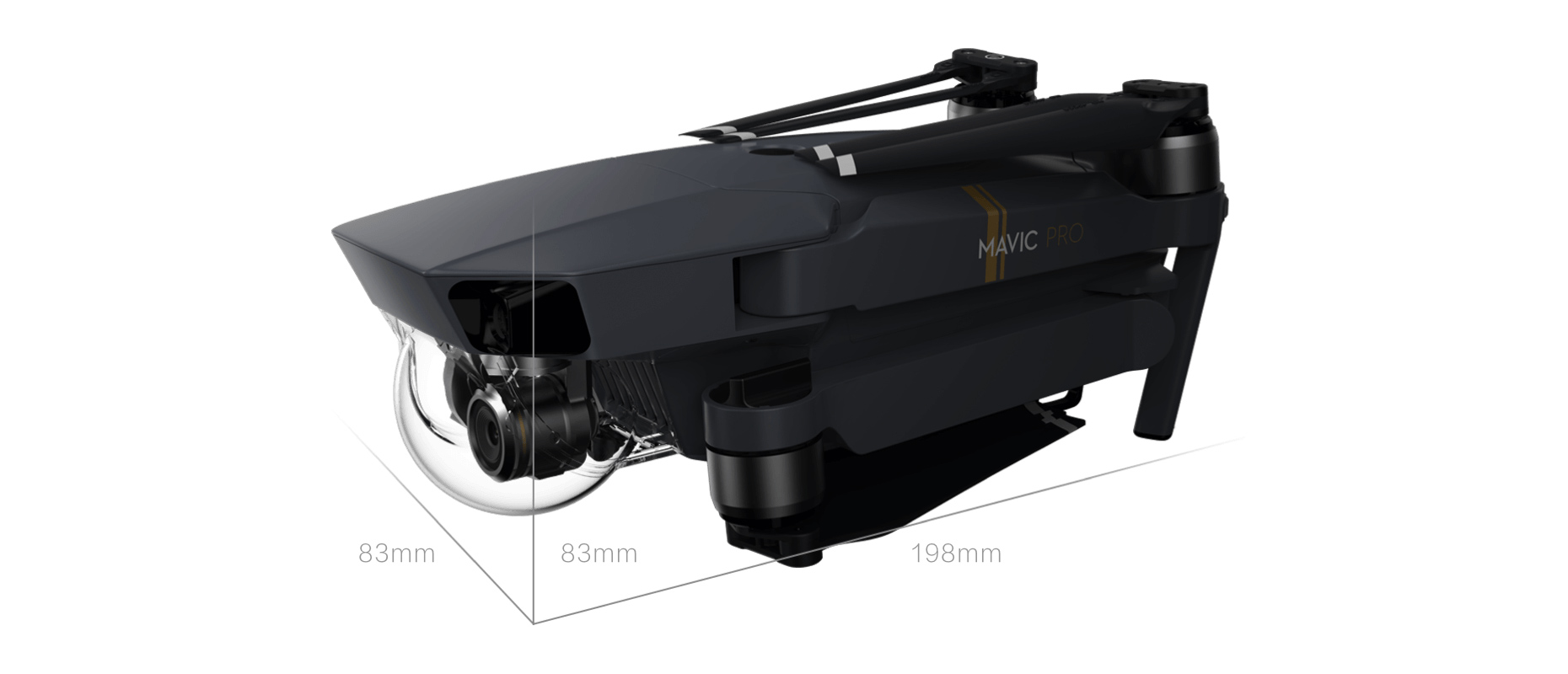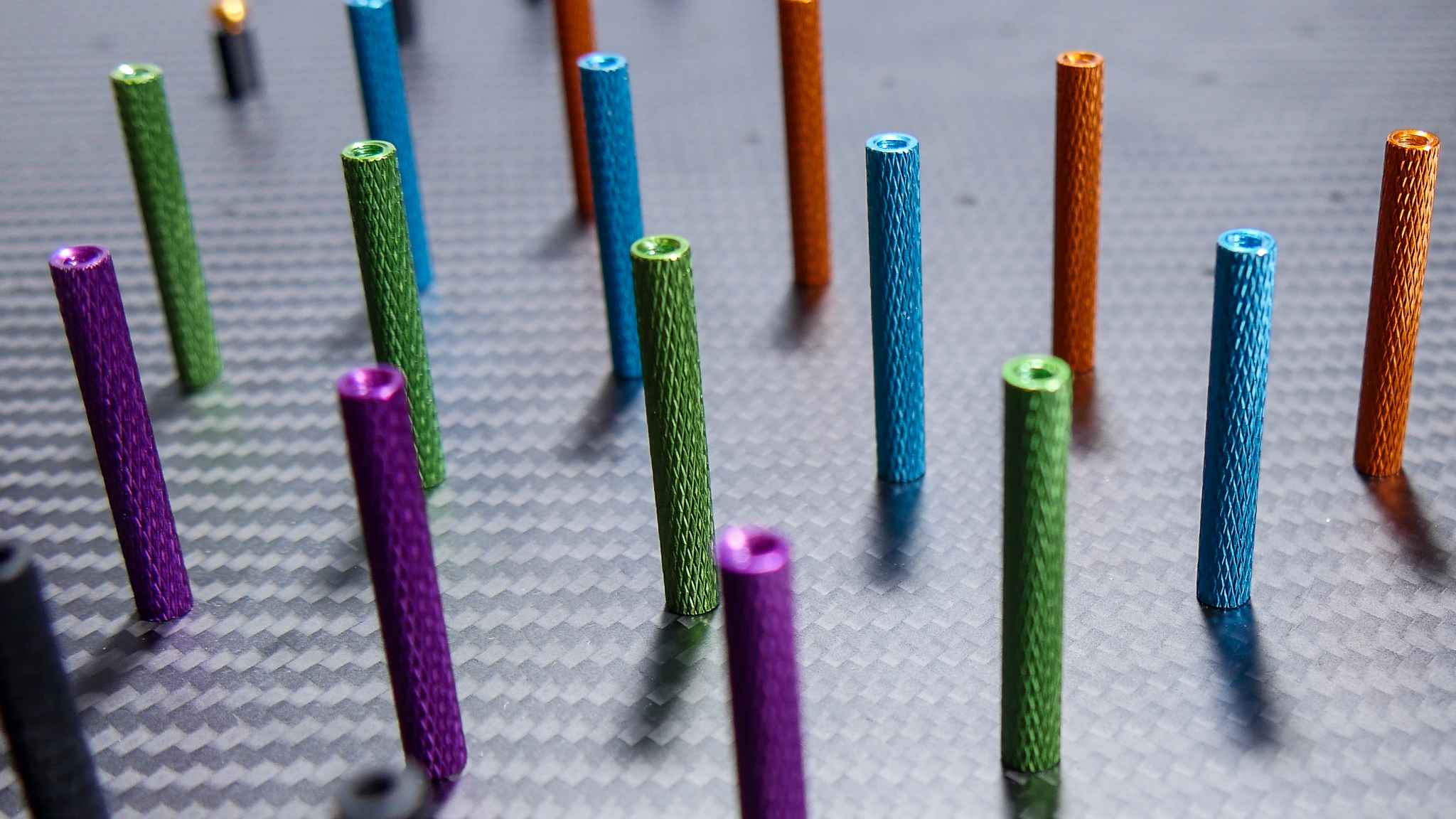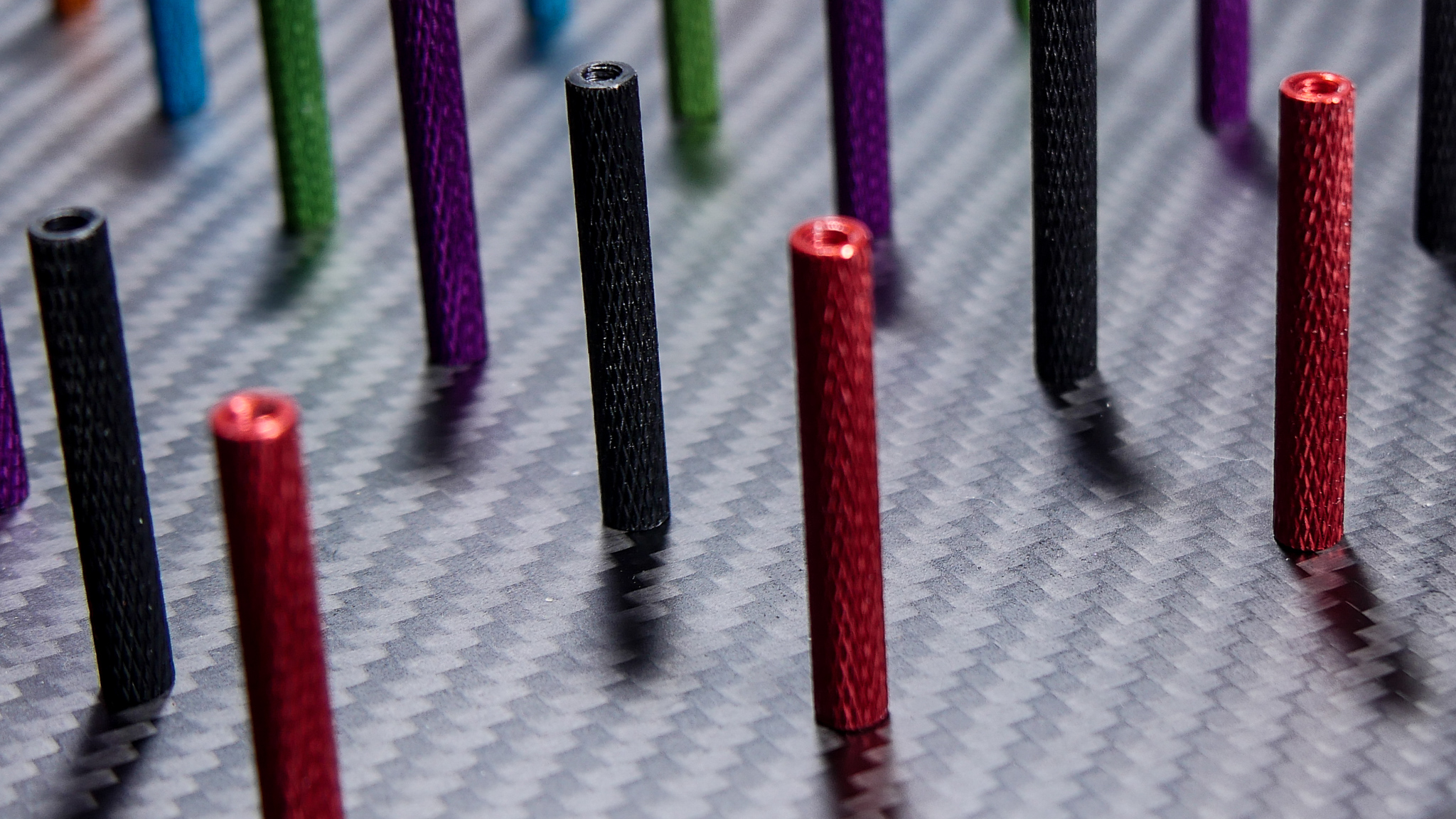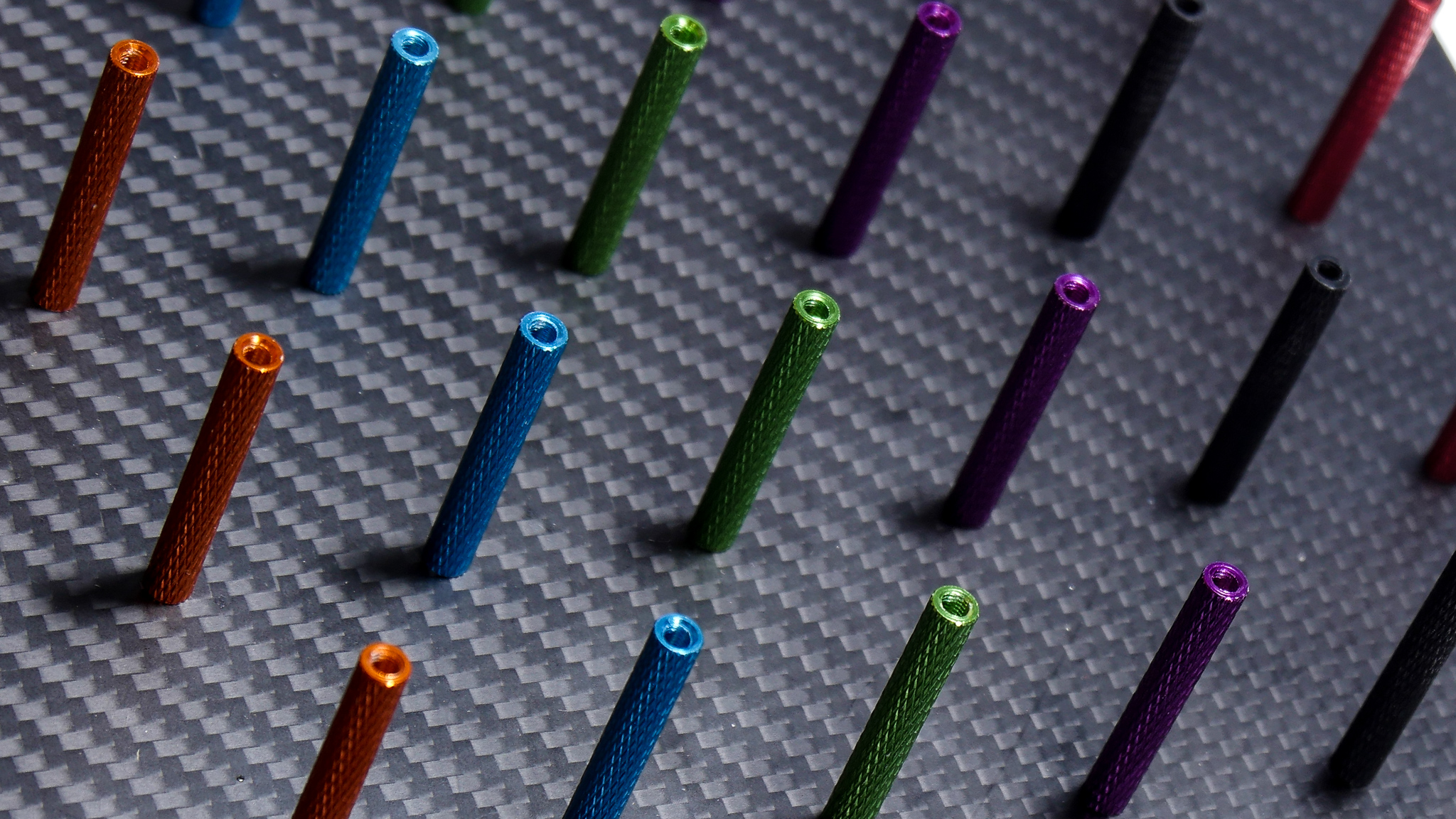
The DJI Mavic Pro is a small yet powerful drone that turns the sky into your creative canvas easily andwithout worry, helping you make every moment an aerial moment. Its compact size hides a high degree of complexity thatmakes it one of DJI’s most sophisticated flying cameras ever. 24 high-performance computing cores, an all-new transmissionsystem with a 4.3mi (7km) range, 5 vision sensors, and a 4K camera stabilized by a 3-axis mechanical gimbal,are at your command with just a push of your thumb or a tap of your finger.
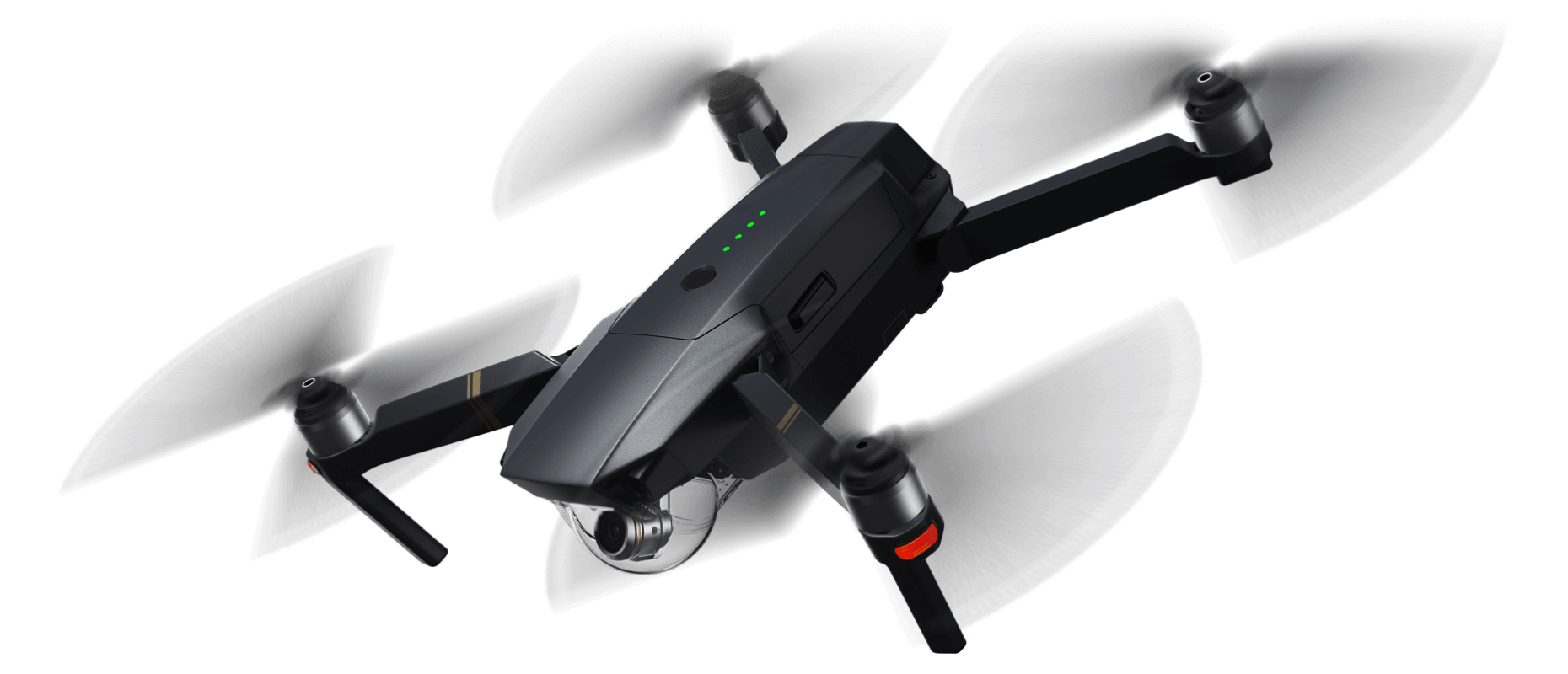
FLY FURTHER
Inside the Mavic’s pocket-sized remote controller is DJI’s brand new OcuSync transmission technology, with a range of 4.3mi (7km) and Full HD 1080p video streaming.
FLY FURTHER
Inside the Mavic’s pocket-sized remote controller is DJI’s brand new OcuSync transmission technology, with a range of 4.3mi (7km) and Full HD 1080p video streaming.
PRECISION HOVER
Satellite positioning can only help a drone hover in an unobstructed outdoor area free of interference. Without satellites, the drone will not be able to position and become susceptible to drifting. However, with forward and downward vision sensors, the Mavic can hover precisely indoors or in places without GPS.
STAY FLYING LONGER
The Mavic is only 1/6th the size of the Phantom 4 but this reduction in size doesn’t mean a reduction in flight time. The Mavic actually flies much longer than you would expect from its compact size. It is capable of reaching an absolute max flight time of 27 minutes and a maximum distance of 8mi (13km) due to its powerful, high efficiency motors.
4K ULTRA HD VIDEO
Mavic supports 4K video at 30fps. No Electronic Image Stabilization is used, ensuring all footage is 4K. We have created a miniaturized, ultra-precise 3-axis gimbal for the Mavic, capable of stabilizing the camera even during high speed motion for smooth video and sharp photos.
PHOTOS WITH ALTITUDE
Everyone loves a good photo. Whether you just want to take a snap or are building up your portfolio, the Mavic’s 12-megapixel camera with Adobe DNG RAW support is ready to shoot.
